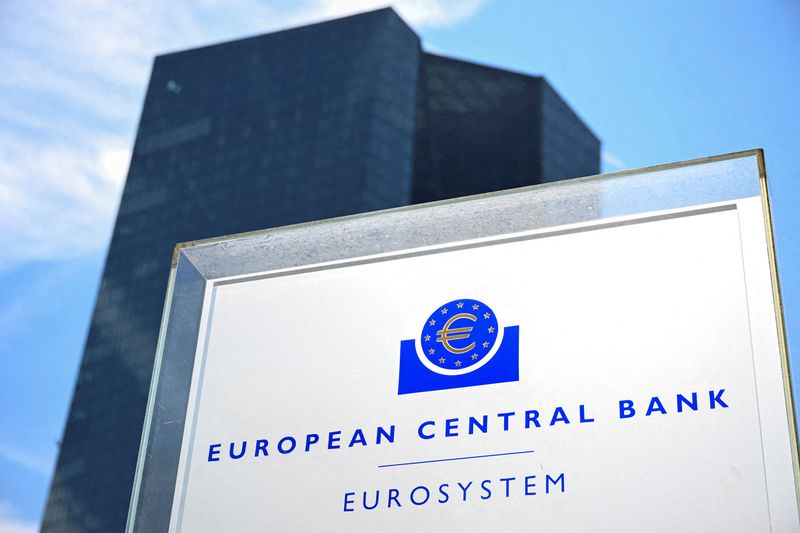Investing.com– Oil prices drifted higher on Monday following some positive economic readings from top importer China, with focus turning to an upcoming OPEC+ meeting for more cues on supplies.
A measure of bargain buying also aided crude’s gains, after they clocked heavy losses in the prior week on signs of easing tensions in the Middle East. But a recent ceasefire between Israel and Hezbollah showed signs of strain after both parties accused each other of violating the ceasefire.
Oil also retained some risk premium from worsening tensions between Russia and Ukraine.
Brent oil futures expiring in February rose 1.3% to $72.80 a barrel, while West Texas Intermediate crude futures gained 1.5% to $69.05 a barrel by 9:05 ET (14:05 GMT).
China PMIs show improvement in activity
Purchasing managers index data from China showed manufacturing activity in the world’s biggest oil importer picked up further in November.
Both government and private data reflected this trend, which comes after Beijing rolled out a slew of aggressive stimulus measures since late-September.
The data pushed up hopes that economic activity in the country will improve over the coming months amid continued support from Beijing. Focus in December is on two key political meetings in China, which are expected to yield more cues on stimulus.
Still, optimism over China was quelled by threats of more tariff action by U.S. President-elect Donald Trump. Trump’s threats also boosted the dollar, which limited overall gains in crude.
OPEC+ meeting awaited for more supply cues
Focus this week is also on a meeting of the Organization of Petroleum Exporting Countries and allies, including Russia (OPEC+), scheduled for this Thursday. The meeting was delayed by four days.
The cartel is expected to further push back plans to begin increasing production, amid persistent weakness in oil prices and concerns over sluggish demand in the coming year.
The OPEC+ has consistently cut its demand forecasts for 2024 and 2025, as have other energy market organizations, including the International Energy Agency.
(Ambar Warrick contributed to this article)







